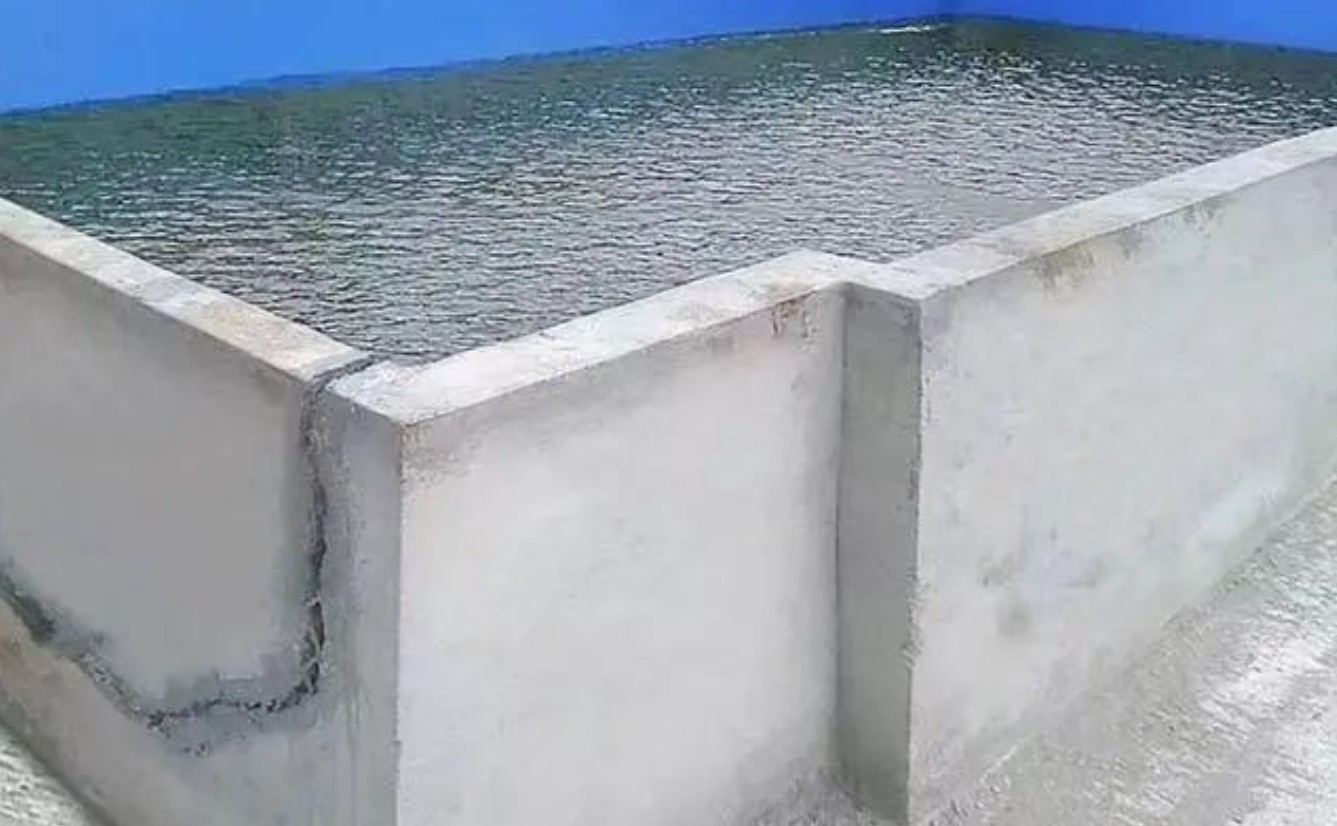As a highly versatile product in the coatings category, the all-purpose waterproof adhesive is popular among customers due to its powerful functionality and excellent waterproofing effects. In addition to regular applications, it is often used for reinforcing specific areas that require extra treatment.

However, some users still encounter issues during its application due to a lack of understanding of the correct methods. Below, we have compiled a list of common issues when using all-purpose waterproof adhesive, which we hope will be helpful to everyone.
1. Can all-purpose waterproof adhesive be applied to roofs?
Yes, all-purpose waterproof adhesive is very suitable for concrete surfaces. If the roof is made of steel (like metal roofs), it is recommended to primarily use coloured waterproof roof adhesive (weather-resistant decorative type) for the main surface, while the all-purpose waterproof adhesive can be applied to specific joints. This approach offers great cost-effectiveness.
2. Why does applying all-purpose adhesive to a reinforced, two-in-one roof cause bubbling?
All-purpose adhesive should be applied directly to the concrete surface, which serves as the base. Modern floor slabs are typically 80mm-160mm thick, with multiple layers including the base, waterproof layer, insulation layer, and surface layer, all made from different materials. If all-purpose adhesive is applied as a waterproof layer but not directly on the base, and if the other layers contain significant moisture, water vapor can evaporate, pushing up the adhesive and creating widespread bubbling.
3. Can a 1.5mm thick layer of all-purpose adhesive last for 10 years?
Yes, all-purpose adhesive comes with a 10-year warranty. Generally, the thicker the layer, the better the waterproofing and the longer the lifespan. It is crucial to apply the adhesive directly to the structural surface. Applying it to other layers may affect its performance.
4. Can all-purpose adhesive be used on damp surfaces?
Yes, as long as there is no standing water, a slightly damp surface is acceptable. If quicker curing is needed, more curing agent can be added. It’s recommended to apply the adhesive directly to the structural layer. If applied to other layers, like decorative surfaces that have high moisture content, bubbling or hollowing may occur later. Also, it cannot be mixed with water during application.
5. How should waterproofing be done on a rough, open-air balcony?
First, clean the surface thoroughly, removing any dust or oil stains. Apply a layer of reinforced two-in-one adhesive, followed by the all-purpose waterproof adhesive. You can add tiles later if desired.
6. Why is the all-purpose adhesive bubbling and peeling in a bathhouse pool?
There are a couple of potential causes:
Application may have begun while there was still standing water on the base, which prevents proper adhesion between the coating and the surface.
Frequent temperature changes between hot and cold may have caused stress cracks in the coating. Without a protective layer, continuous foot traffic can lead to cracking. Over time, water or moisture can infiltrate the base through these cracks,causing the coating to separate and bubble, eventually peeling off.




